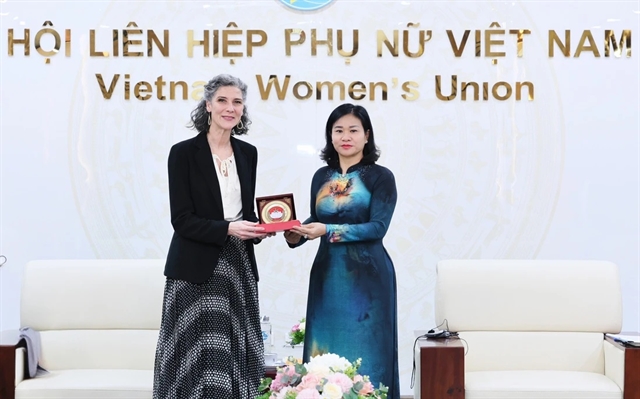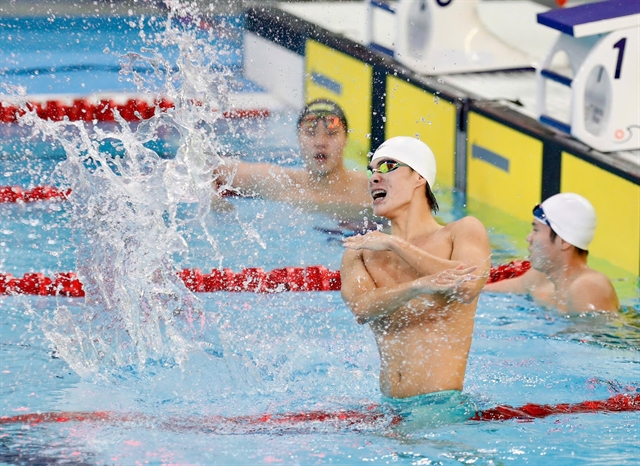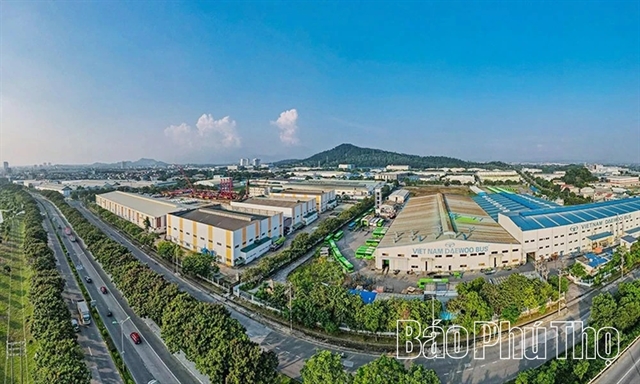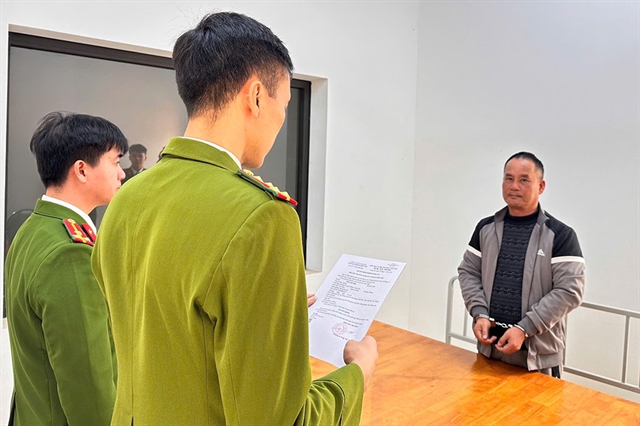 Society
Society

Vietnamese doctor Lê Thúy Oanh first introduced catgut embedding acupuncture to Hungary in the 1990s. Since then, she has become one of the most sort after therapists because of her success rate in treating patients.
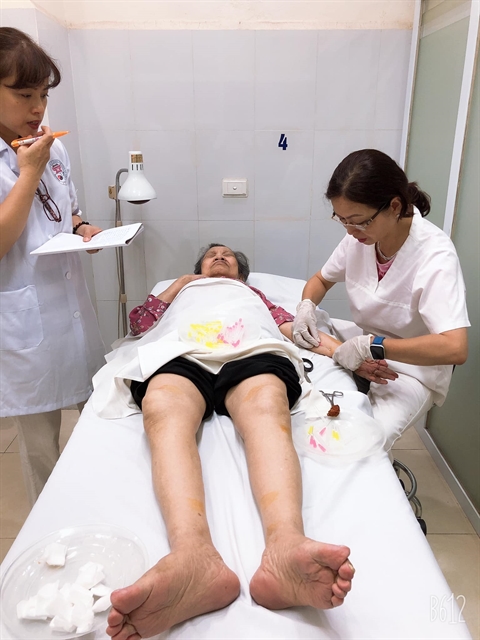
|
| Doctor Lê Thúy Oanh treats a patient who suffers from amyotrophic lateral sclerosis - a progressive nervous system disease that affects nerve cells in the brain and spinal cord, causing loss of muscle control. —Photo courtesy of the doctor |
HÀ NỘI — Vietnamese doctor Lê Thúy Oanh first introduced catgut embedding acupuncture to Hungary in the 1990s.
Since then, she has become one of the most sought after therapists because of her success rate in treating patients.
Catgut is made from the natural fibres found in the intestines of animals. Oanh applies this to key acupuncture points on a person’s body and after a week the fibre is absorbed into the patient.
Oanh’s methods have been used to help treat people with autism, Down syndrome, infertility problems and even cancer.
Although similar to traditional acupuncture, this method is seen as more effective as it increases the level of protein and carbohydrates as well as strengthening muscles.
This particular form of treatment may have been new to Hungary when Oanh introduced it, but in Việt Nam, it has been common practice for decades.
It was first used in 1972 in many military hospitals and in the 1980s it helped treat asthma, numbness, lameness, allergies, epilepsy and people with hearing difficulties, all with great success.
Oanh, 62, said: “After introducing catgut embedding to Hungary in the early 1990s, the method has been applied in several medical facilities and has gained acceptance and recognition from many patients.
“People came to us not only from Hungary but from abroad too. We also travelled once a month to France to help children who are disabled or have speech or hearing problems.”
There are many methods based on stimulation of acupuncture points. Inserting needles into key areas is the oldest and simplest.
Other techniques including pressing the points, massage and cupping techniques near the points.
During the 1950s, many studies were conducted to further develop the traditional acupuncture method. Hundreds of new points were discovered.
Oanh added: “The mode of action points was investigated using modern techniques and is now further understood.”
Different types of equipment have been developed for treatment such as electrical acupuncture devices and devices to locate the best pressure points.
Laser treatment is also used combining this traditional medicine with modern technology.
For the last 30 years using the catgut embedding method, Oanh has helped hundreds of women with infertility problems, extended the lives of cancer patients and help treat people with epilepsy, diabetes and allergies.
Albert Laszlo, a 58-year-old Hungarian man has been a regular patient of Oanh for the last 21 years.
Before visiting Oanh, he was paralysed for 18 years with an inflammatory disease affecting his whole membrane nerve midline.
But just a year after his first treatment, his condition eased, and now with regular sessions he can lead a normal life.
Đỗ Tân Khoa, director of HCM City Traditional Medicine Hospital said that hundreds of patients went to the hospital daily to receive catgut embedding acupuncture.
The method has proved to be highly effective in treating degenerative spine issues, knee joint pains, as well as musculoskeletal, neurological and vestibular disorders
It is also used to help people with immune system deficiencies.
Khoa said: “Tiny needles that have been inserted into the patient's points have been successful. When the doctor pulls out the needles, the threads remain and continue to have a lasting effect.
“Compared with other methods such as acupuncture, the catgut embedding method has advantages with efficiency, convenience, speed and significantly reduced costs for patients." —VNS

